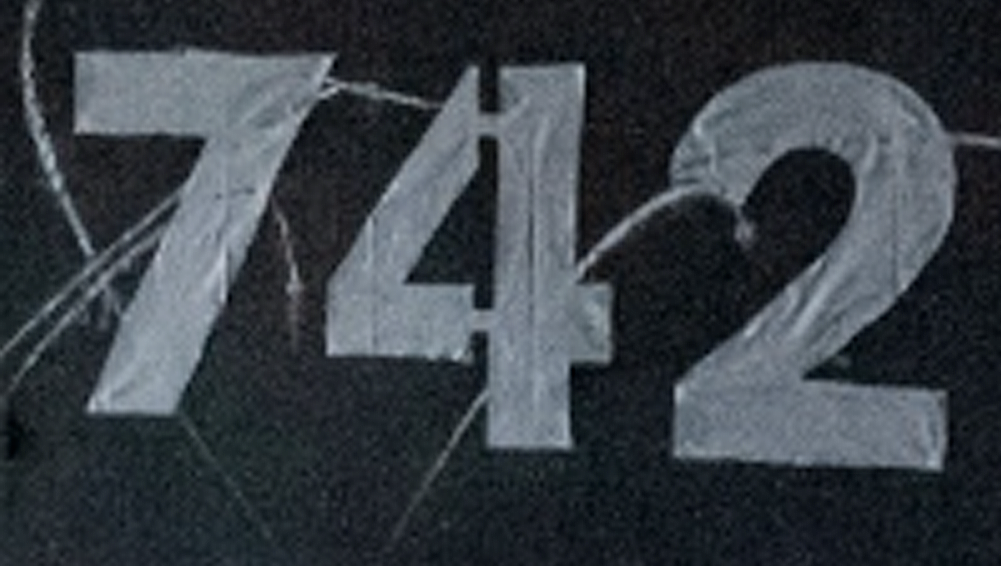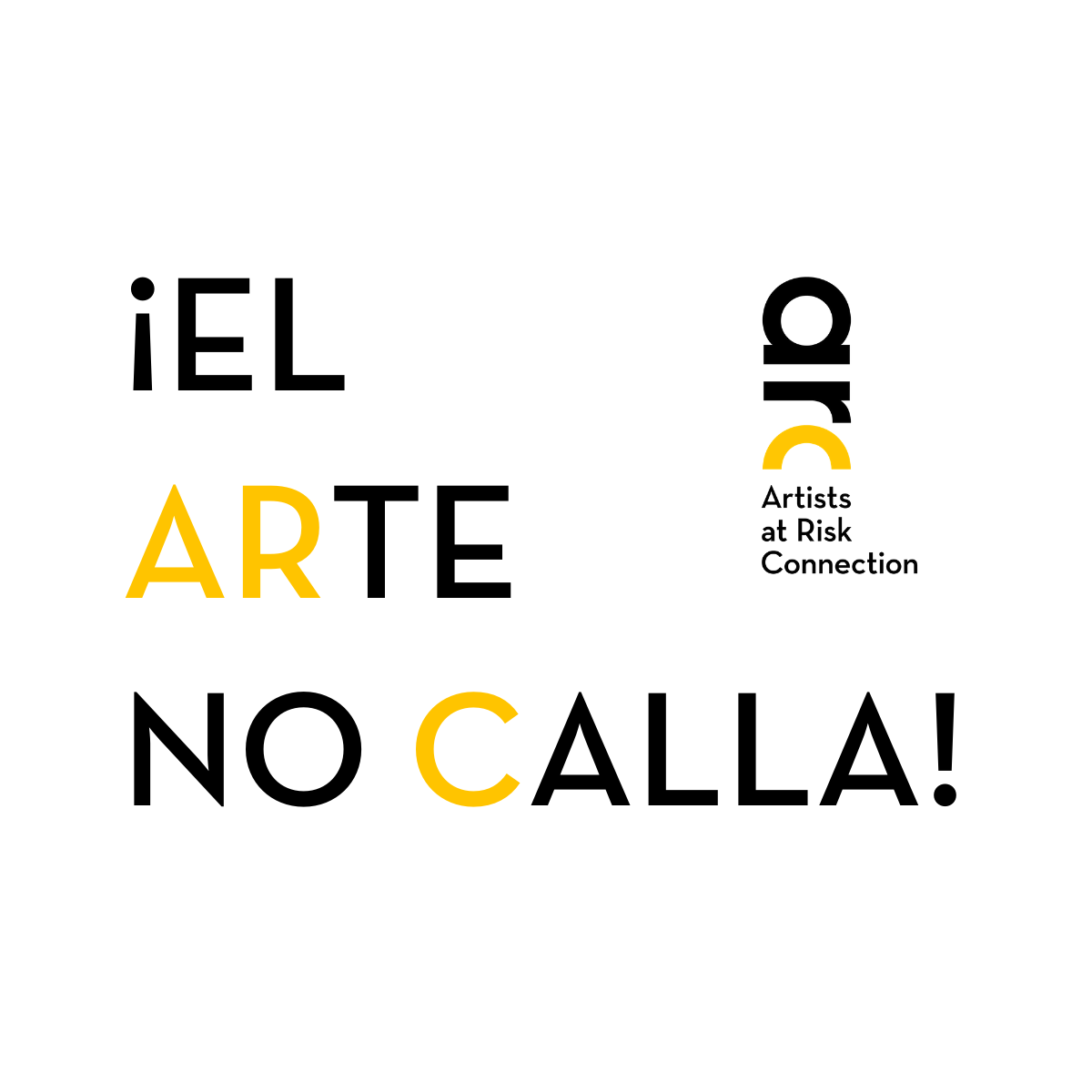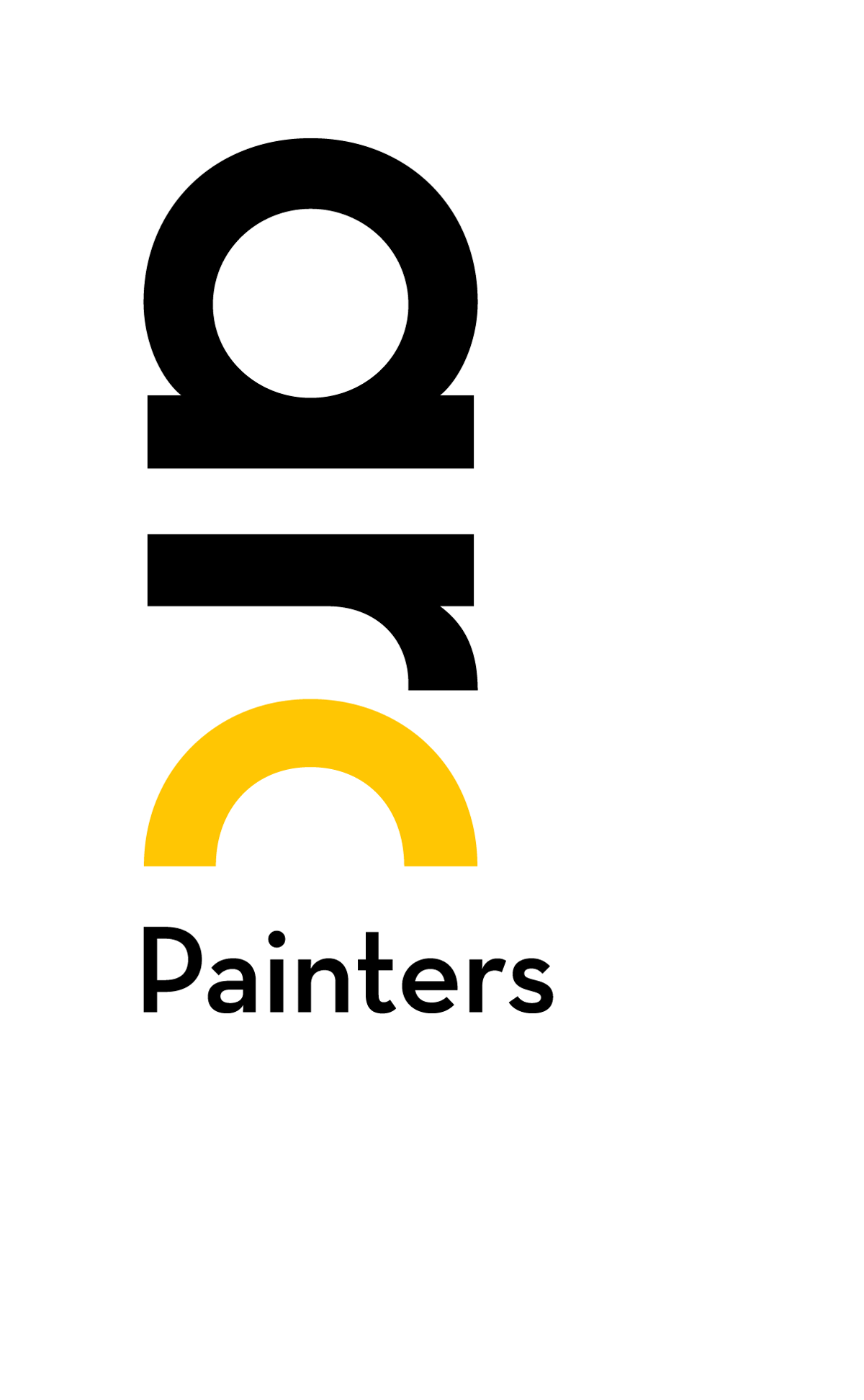742
Painter, Visual Artist
Russia

742 is an anonymous artist from Russia currently based in the United Kingdom. Their work addresses themes of war and political strife, particularly focusing on the ongoing conflict in Ukraine. Since the outbreak of war in 2022, their art has become a medium for raising awareness about military crimes and the tragedies resulting from conflict.
They create thought-provoking installations and public works that resonate with diverse audiences. The decision to maintain anonymity allows them to prioritize their artistic message over personal identity. Responses to interview questions were provided via email, further emphasizing their commitment to privacy.
“I’m not thinking about contemporary art right now, I’m working on the street and dealing with other challenges.”
– 742
ARC Interview with 742
How have you changed as an artist in exile, who do you talk to now, and about what? Has your language changed? Your methods? Your views?
My entire professional practice has changed radically. For safety reasons, I had to abandon my real name, become anonymous, and effectively start my career from scratch. Of course, it’s impossible to remain completely incognito, especially when working on large projects. However, I have a team of like-minded individuals and friends, and their support is invaluable.
Do you feel pressure and expectations as a Russian artist? What does this expectation include — how do you feel about it?
If I do feel pressure, it is only internal. I can’t allow myself to be inactive while there is a desire and opportunity to speak. The harsh conditions faced during the execution of a project make me value every step I take. At the same time, I feel a shared sense of respect for my colleagues, as we are all in a similar situation, facing the same challenges and problems.
What would you do differently two years ago if you had to repeat your experience of moving? (I’m basing this on the information we have in the survey, meaning I assume you moved from Russia due to the war.)
Yes, the move occurred due to the war, but I managed to gather my strength and prepare, so everything went relatively smoothly. Now it’s winter, and it’s cold in the apartments. I regret not packing my woolen socks in my suitcase.
Do the blows shaking the world right now — in Ukraine, Israel and Palestine, Trump’s elections, the harshness in Iran and Kabul — reach the art world? How do you perceive them? How do you react?
I’m not an art critic, so I can only speak from my position. The art world is not homogeneous. As they say, you see what your optics are tuned to. Right now, I notice a multitude of anti-war exhibitions, books, theater performances, and concerts. Cultural figures working in social and political spheres react promptly to what’s happening.
Every day, thousands of terrible and inhumane events occur in the world. You may not notice it, but I can’t anymore. Sometimes it feels like being covered by a black plastic bag. You try to poke holes in it with a toothpick to let some light and air in, but it’s still invisible because darkness surrounds you from the outside. That’s when you start seeking answers and light within yourself, and these searches have inspired many of my works.
What creative and personal strategy do you choose? How do you see your role, and if it’s not too awkward to say, your mission?
For me, it’s important to adhere to simple yet fundamental truths that help maintain a sense of direction between good and evil. For example, staying human in any situation and critically assessing any information received.
As for my role? Probably, it’s about making inhumane things visible. How can I explain this? Imagine that evil hides in a dark room — it is transparent and unnoticed. Each of our actions becomes a glowing particle hovering in the air, outlining the contours of evil. When a beam of light shines into the darkness, we reflect it, helping to discover and designate that evil.
It seems that right now, at least in the “Western world,” there are quite a few human rights initiatives helping artists. What important aspects do they (we) overlook? What should they be doing?
I would be very grateful if you could share contacts of those who help artists. When reaching out to several organizations for support, your fund turned out to be one of the few that genuinely assisted and provided financial support.
Personally, I lack publications in Western media. I have a small audience on social networks, and my works, due to their nature, have a short lifespan. Therefore, it is crucial for me to make them visible through mass media. If you have direct contacts of people to whom I can turn for informational support, please let me know.
Russia is bombing Kyiv, yet contemporary art exhibitions continue to take place in the center of Moscow, and many artists agree to participate in them, despite the impossibility of making political statements. What is your view on such contemporary art?
Right now, I hardly think about contemporary art. Working on the streets, you face entirely different tasks. I don’t care about COSMOSCOW, as much as it doesn’t care about me. But I do care about the colleagues who remain inside the country and face persecution for any, even the slightest, action.
Returning to the metaphor of the black plastic bag: I think when light begins to break through its holes, and the bag turns into a starry sky, then we can talk about contemporary art.






